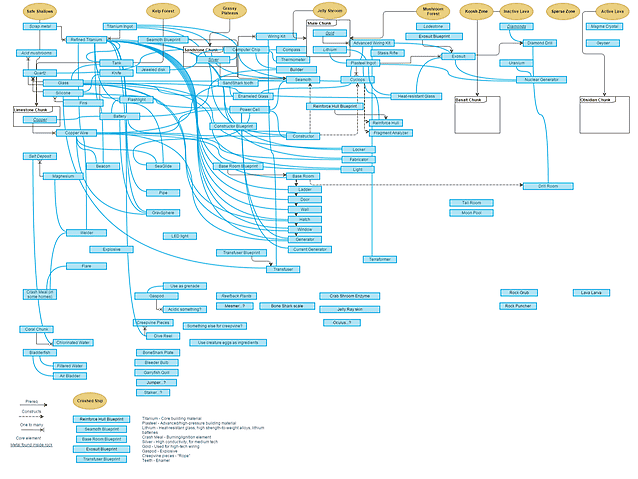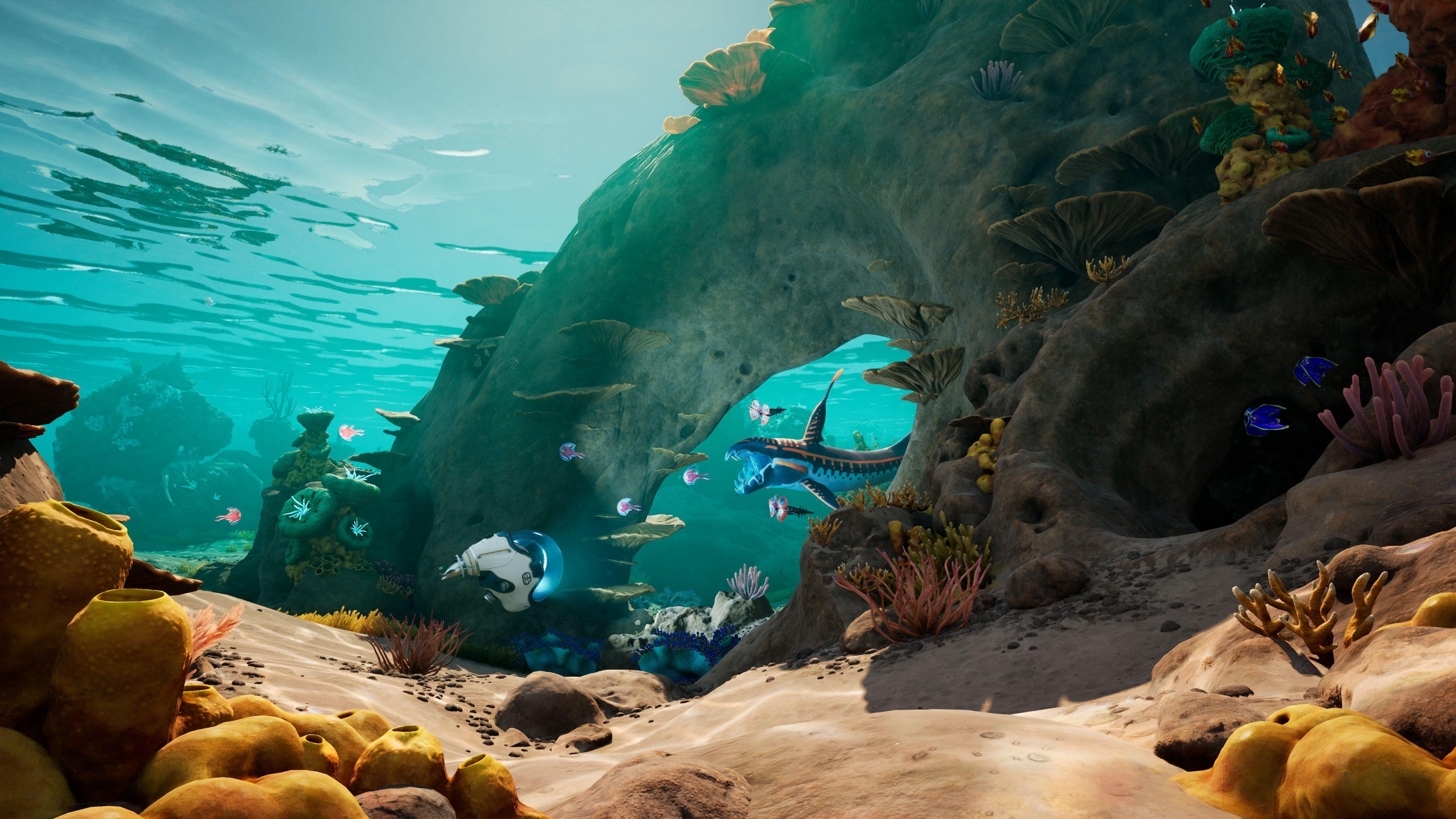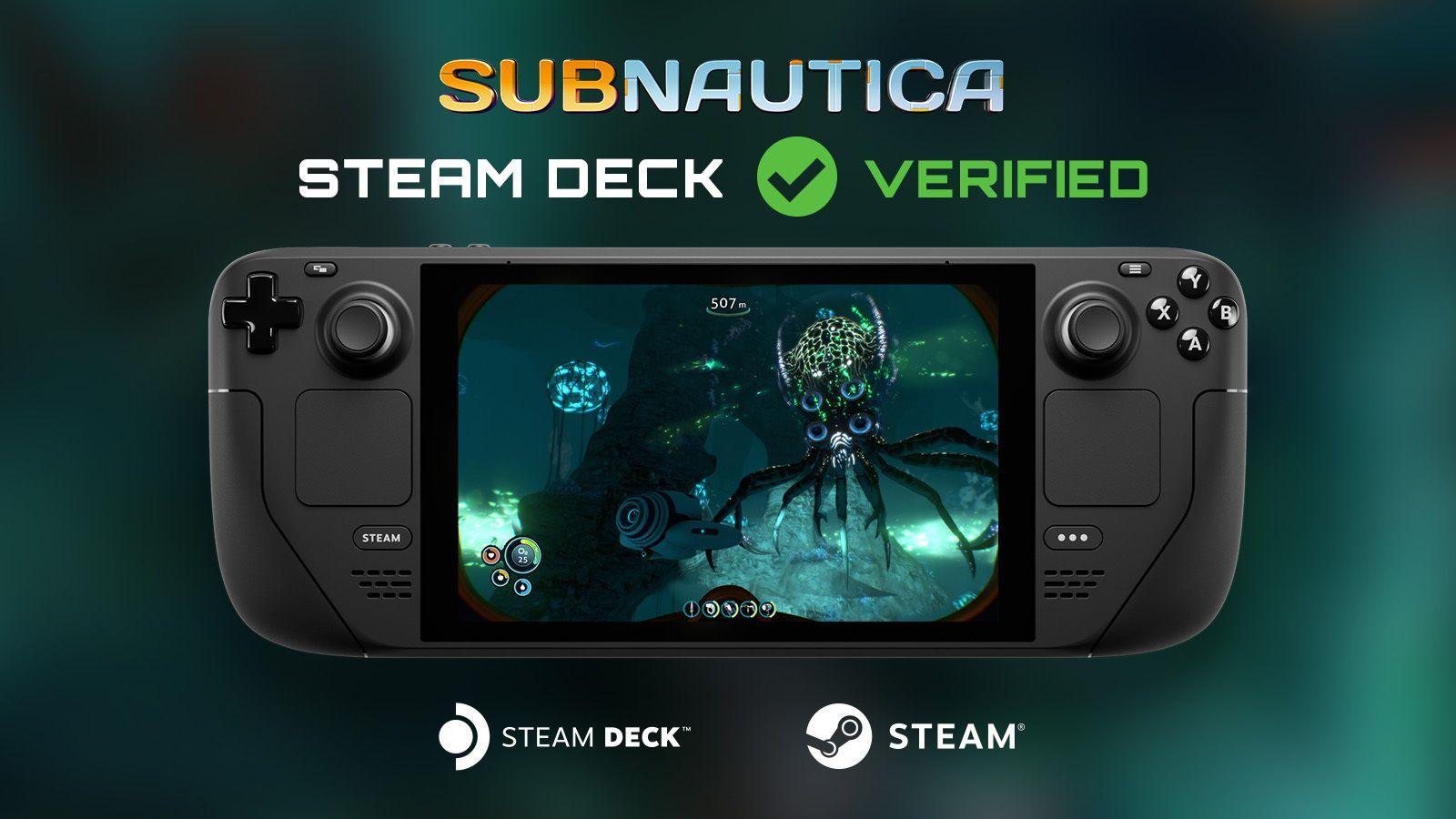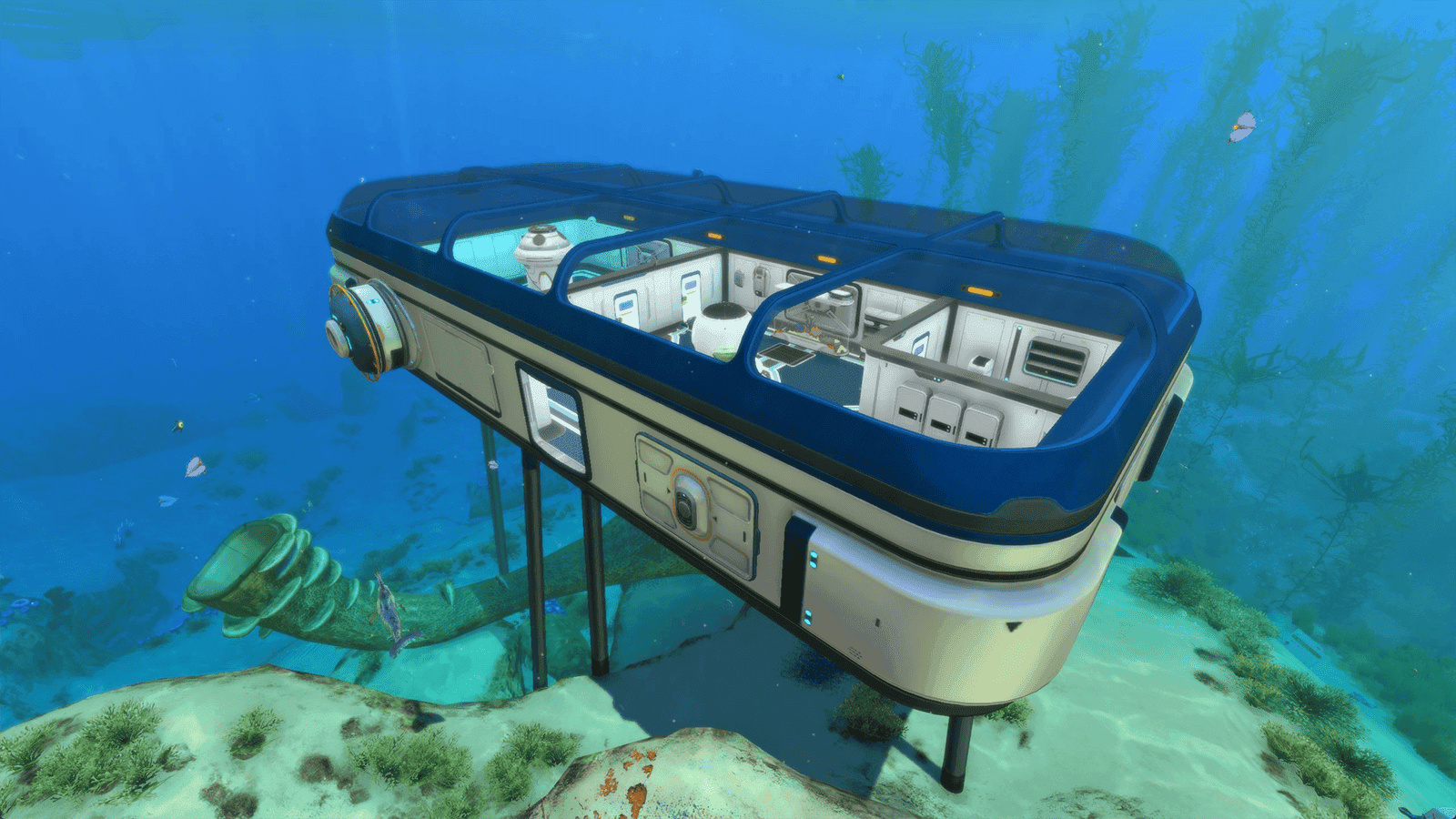New loot system and tech tree design
If you've been playing the Experimental branch of Subnautica on Steam Early Access this week, you may have noticed that the entire loot system and crafting tech tree have been reworked. I wanted to write something quick detailing the what and why of these big changes. There were a few basic problems I wanted to solve:
- It wasn't clear for players where to find a particular type of loot. Sometimes this was due to the loot being in too many different places or because the loot element itself was abstract or overly-scientific (Carbon, Membrane, Rutile, etc.). Players would see what elements they need in the crafting menu, but then have no idea where to find it.
- Many recipes were very similar or even exactly the same.
- Loot was too plentiful, making the loot not feel particularly "special". It also didn't feel as much like you were really looking for loot, it was more like you were stumbling upon it.
- The tech tree wasn't very scaleable to very big recipes like the Cyclops. In order to build a Cyclops, you had to very carefully juggle your inventory or drop everything that wasn't directly used for it in order to build it. It was clumsy and it didn't scale to even bigger recipes for the future. It also made storage more necessary and a bit tedious.
- There tech tree didn't go very deep, so there weren't enough advanced elements. This meant that deeper areas wouldn't have special elements or rewards for dealing with the increased light, oxygen and creature danger therein.
- Many of the intermediate craftable elements had only one use, which tried to justify how ingredients transformed, but added extra busy work and no choices for the player.
- We want to support buried or embedded loot as well, which means we need a design that allows drilling for advanced materials.
- Creature loot (and therefore, creatures) weren't very relevant.
All of these problems have existing pretty much since the first prototype, but it was just good enough to keep going forward with. But now, after we've ironed out so many of the game's other bigger problems, it was time to do a proper design pass on the whole tree holistically. I know this looks/is complicated, but a Gliffy diagram is the best I could come up with:

- I removed as many "abstract" elements that I could. These are elements that are generally not clear to players where they could be found. This includes Carbon, Membrane, Rutile, Zinc, Calcite, Dolomite, Flint, Emery and Calcium, among others.
- Loot elements are now put in the world primarily in one and only one place ("coral walls in safe shallows") to make it clear to players where they must go if they want something. This also means that old areas won't become obsolete as the player plunges downward. Precious minerals are always found "inside" something else: limestone chunks, sandstone chunks, shale chunks, etc. Anything that's a chunk can be broken open to find a random mineral inside. Along the same lines, larger lodes of ore will be found inside the terrain in the future.
- I removed as many of the intermediate elements as possible. For instance, instead of making "battery acid", you can use acid mushrooms directly to make batteries.
- Each piece of scrap metal can now be refined down into 2 1x1 pieces of titanium. This keeps the inventory/time cost of scrap, but lays the groundwork for "condensing" of materials. 10 1x1 pieces of Titanium can be further crafted into a Titanium ingot, which allows the loot to scale, to allow building of very big things.
- I added many more "advanced" intermediate loot ingredients to keep the progression unfolding but also to open up new branches. Wiring kits and computer chips are examples of opening new groups of tech.
- Whenever possible, I incorporated more creature loot into the tree. You can make enameled glass from Stalker teeth, Flares from "crash meal" (ewww?), etc. This is an ongoing goal, and a tricky one, but keeping the elements as specific as possible is helping.
The full tech tree and details can be found here. This is a live tech tree that I will keep updating for awhile at least). I hope this explains some of the reasoning that went into some of the sweeping changes! Please let me know what you think here or via Twitter.









